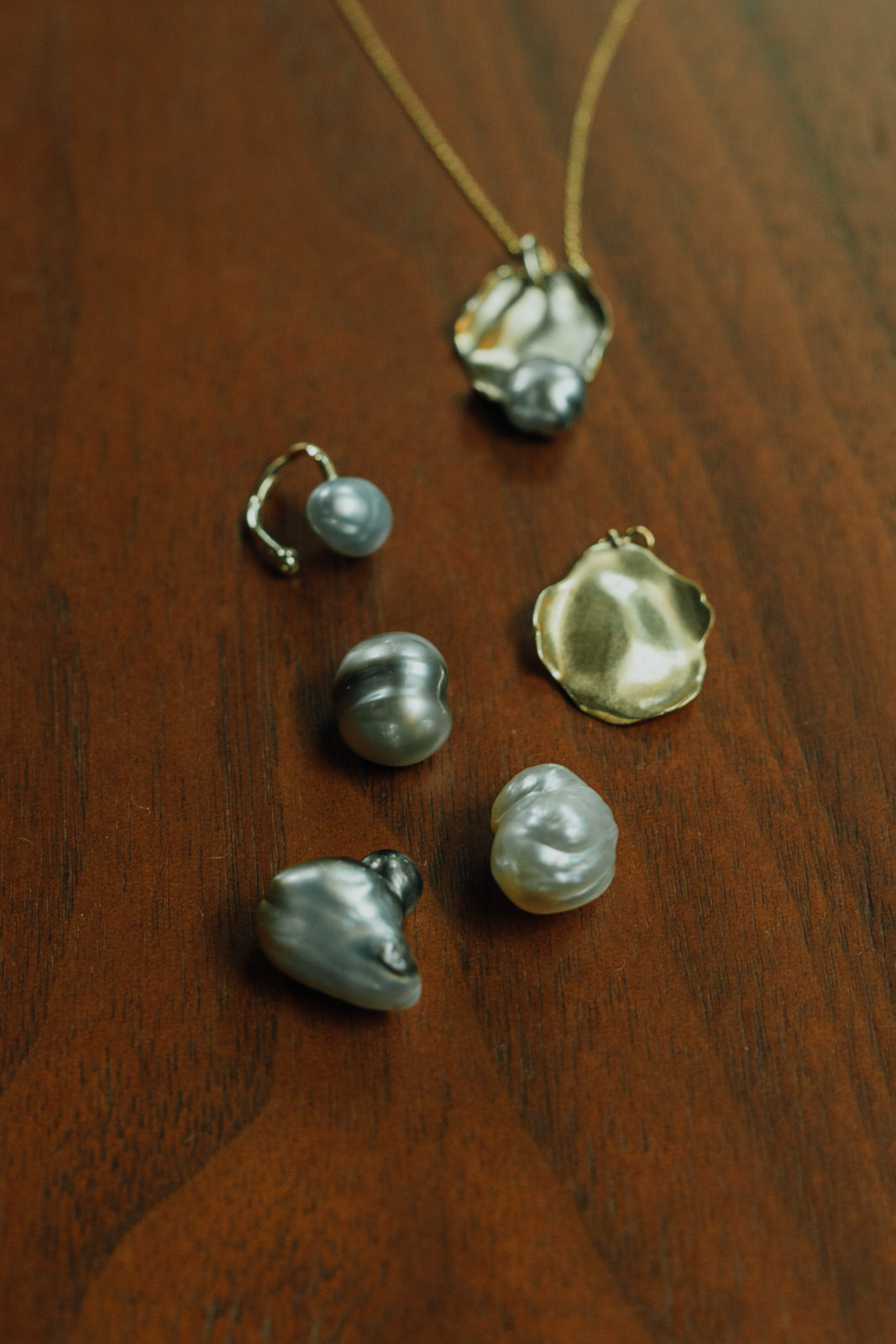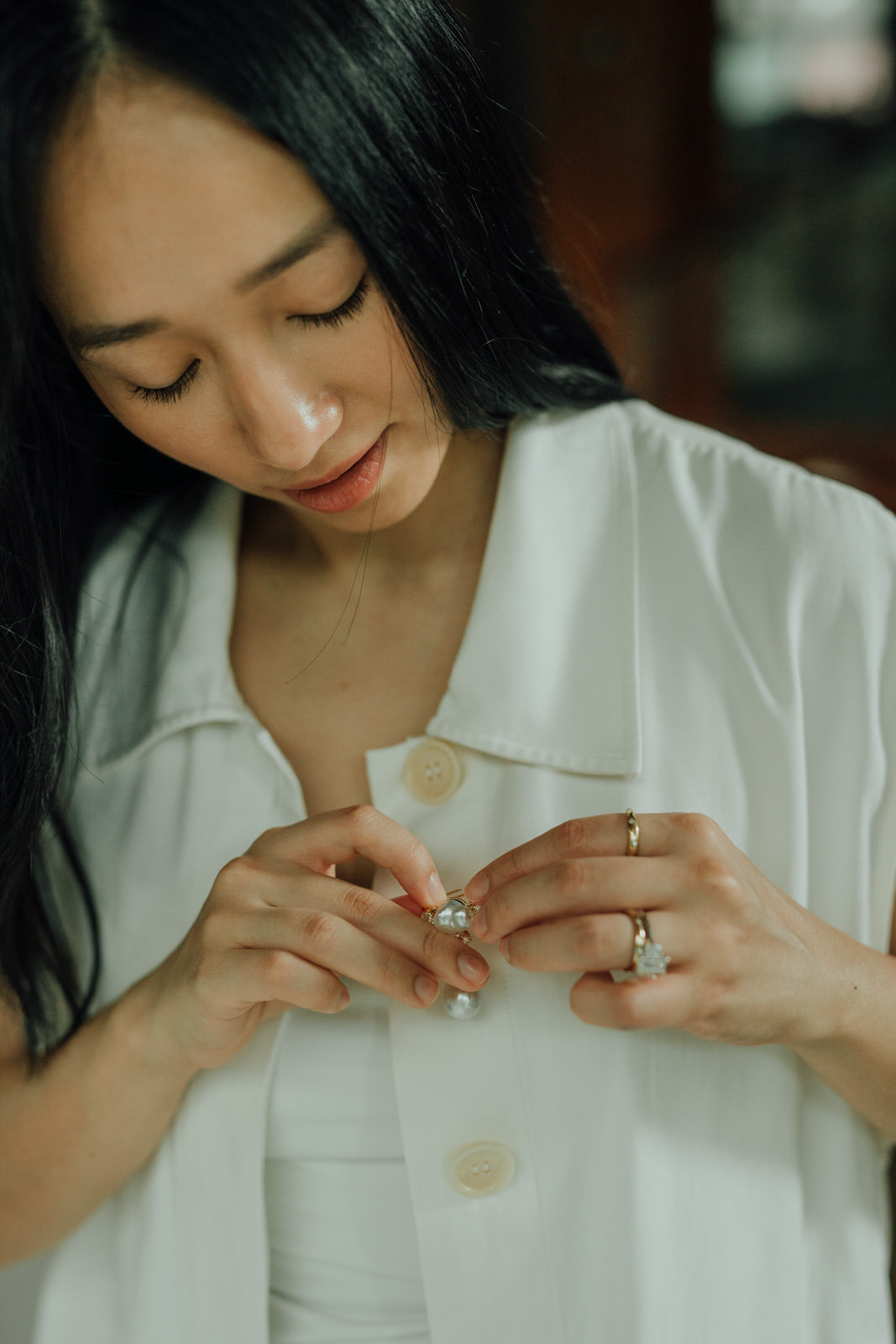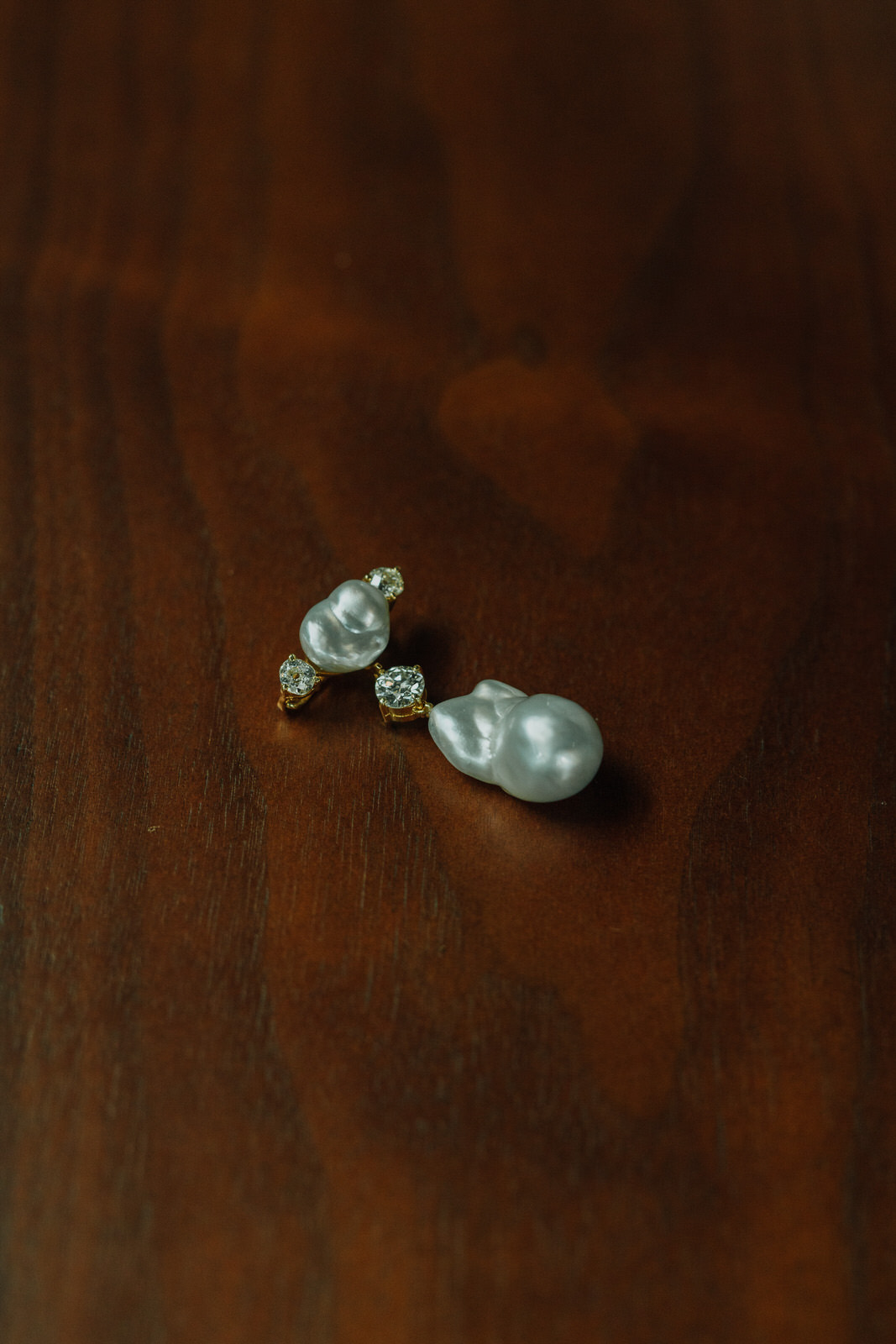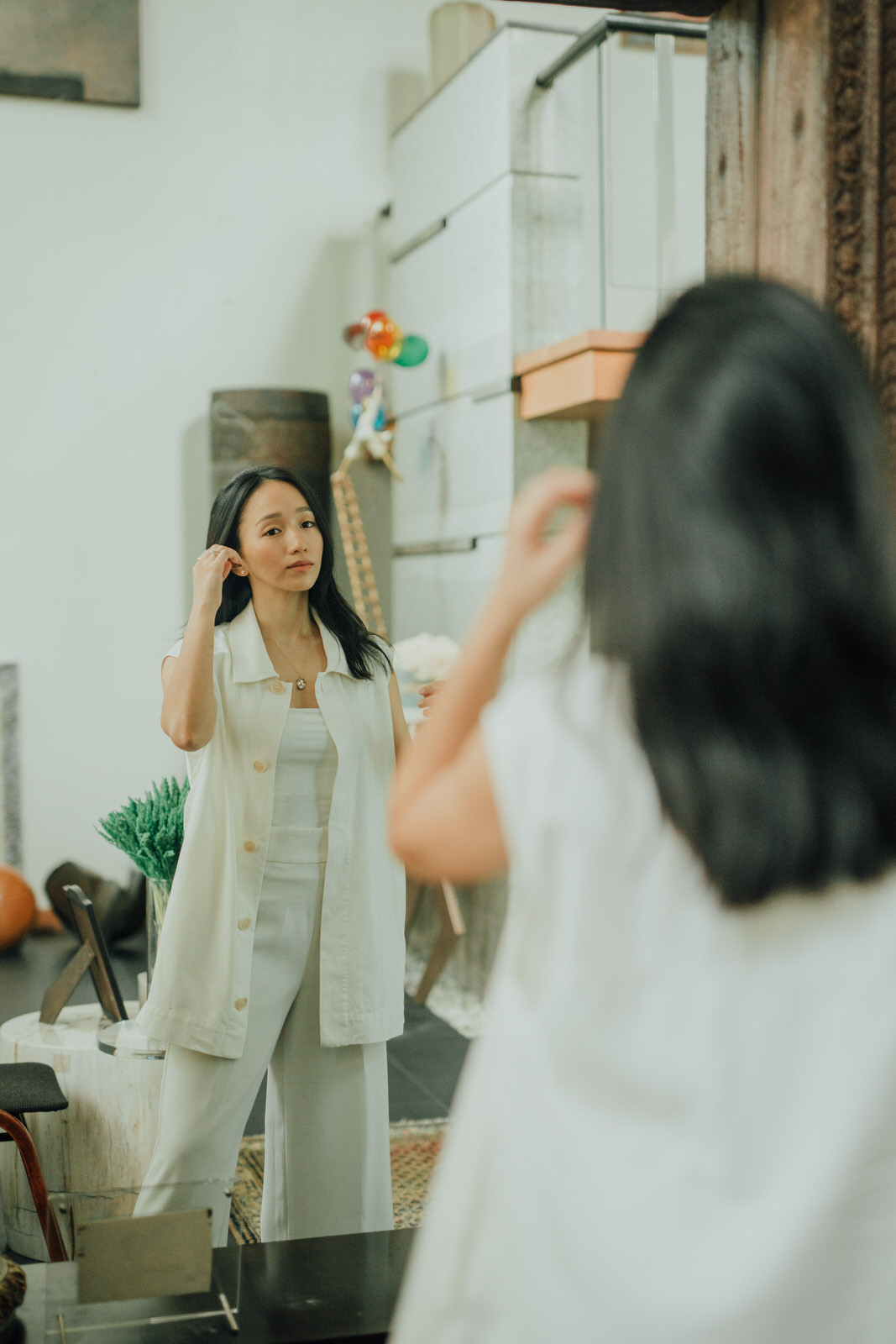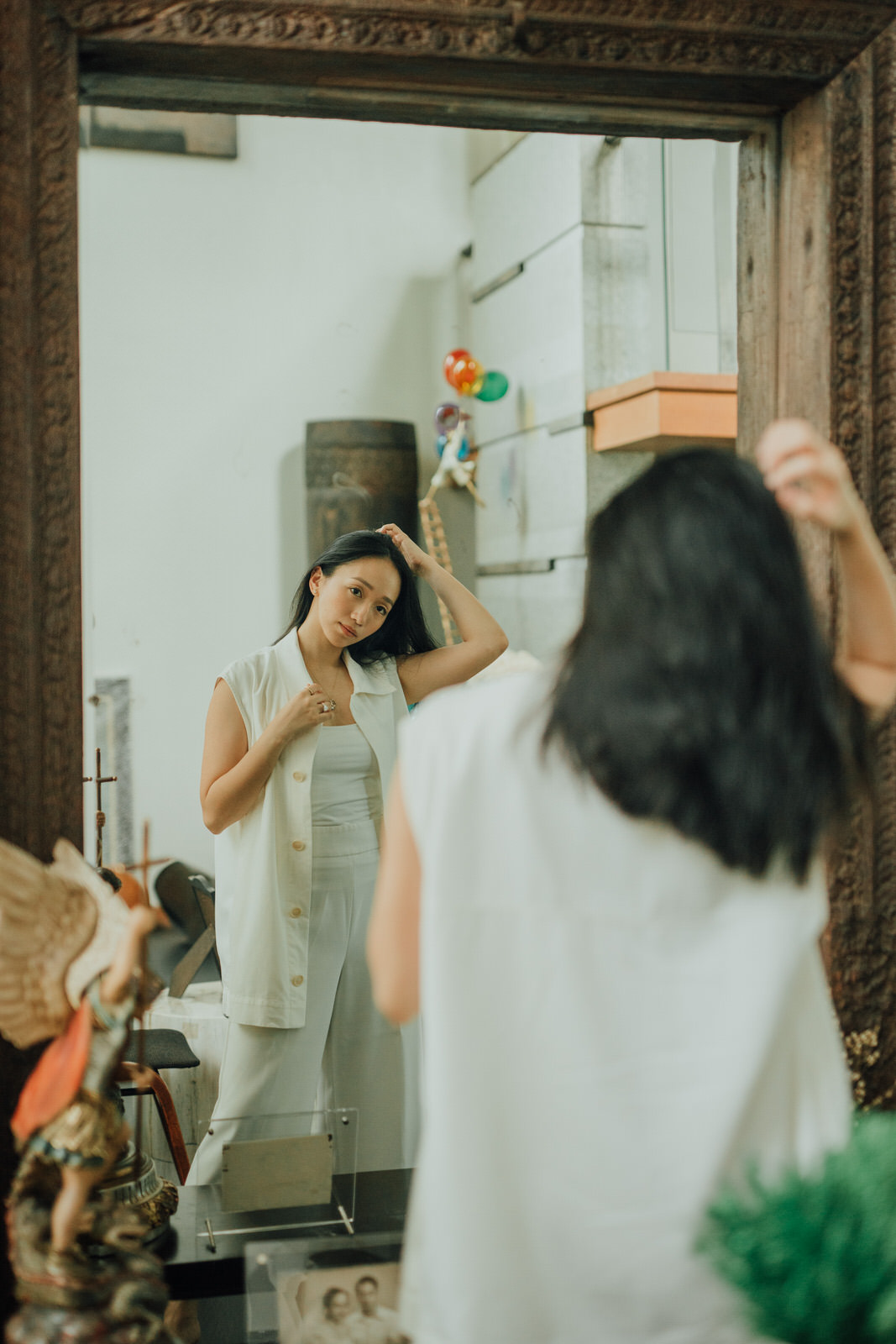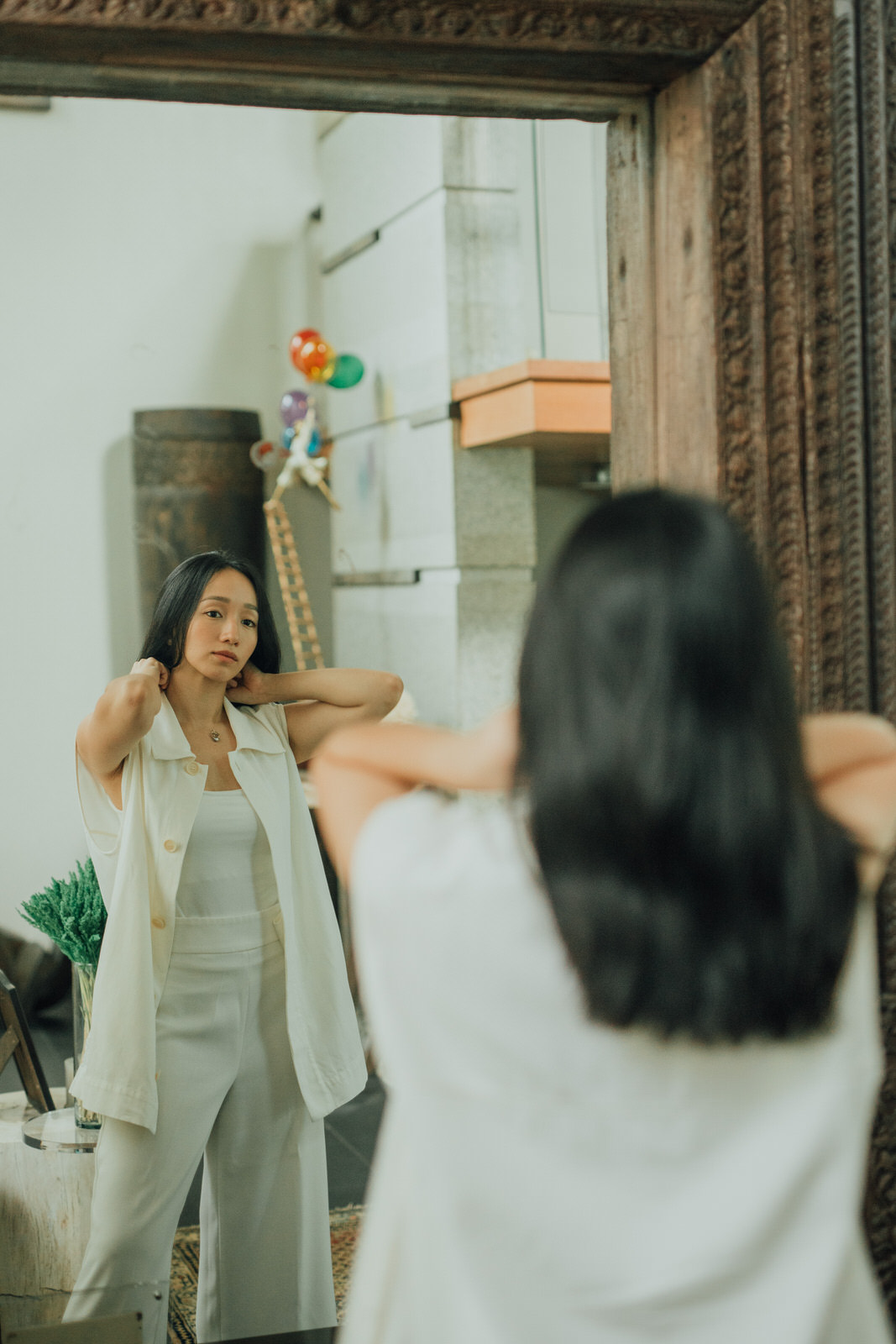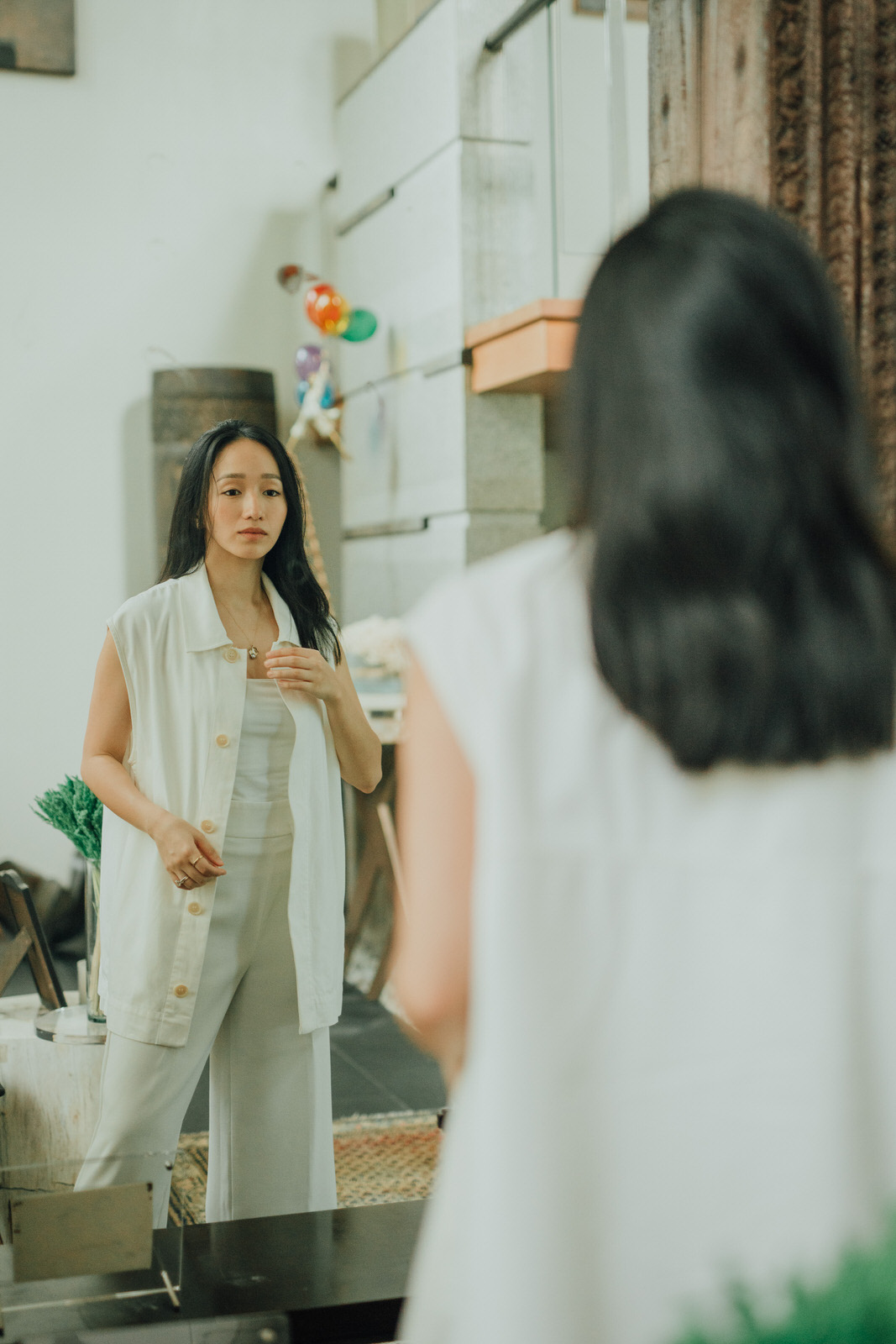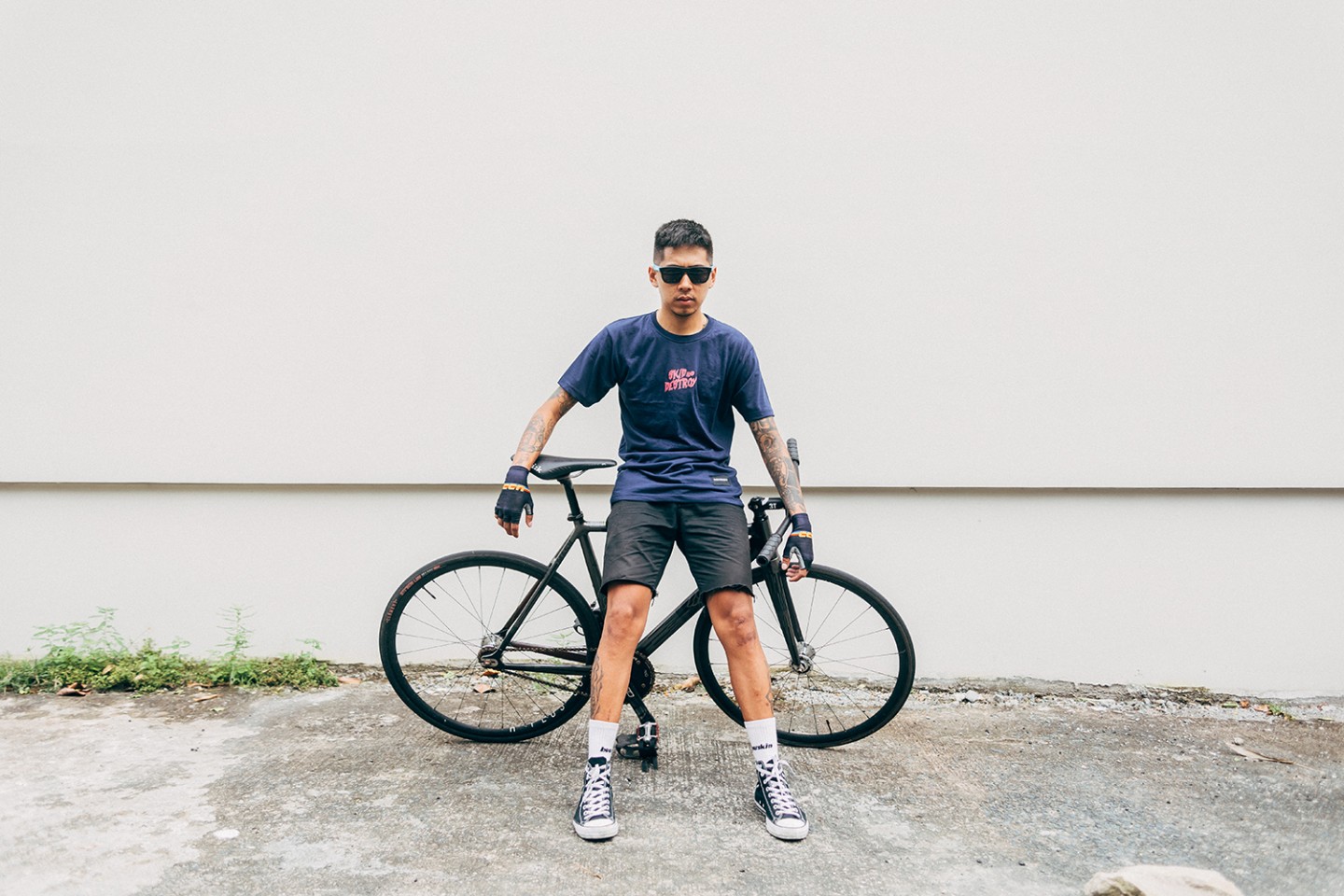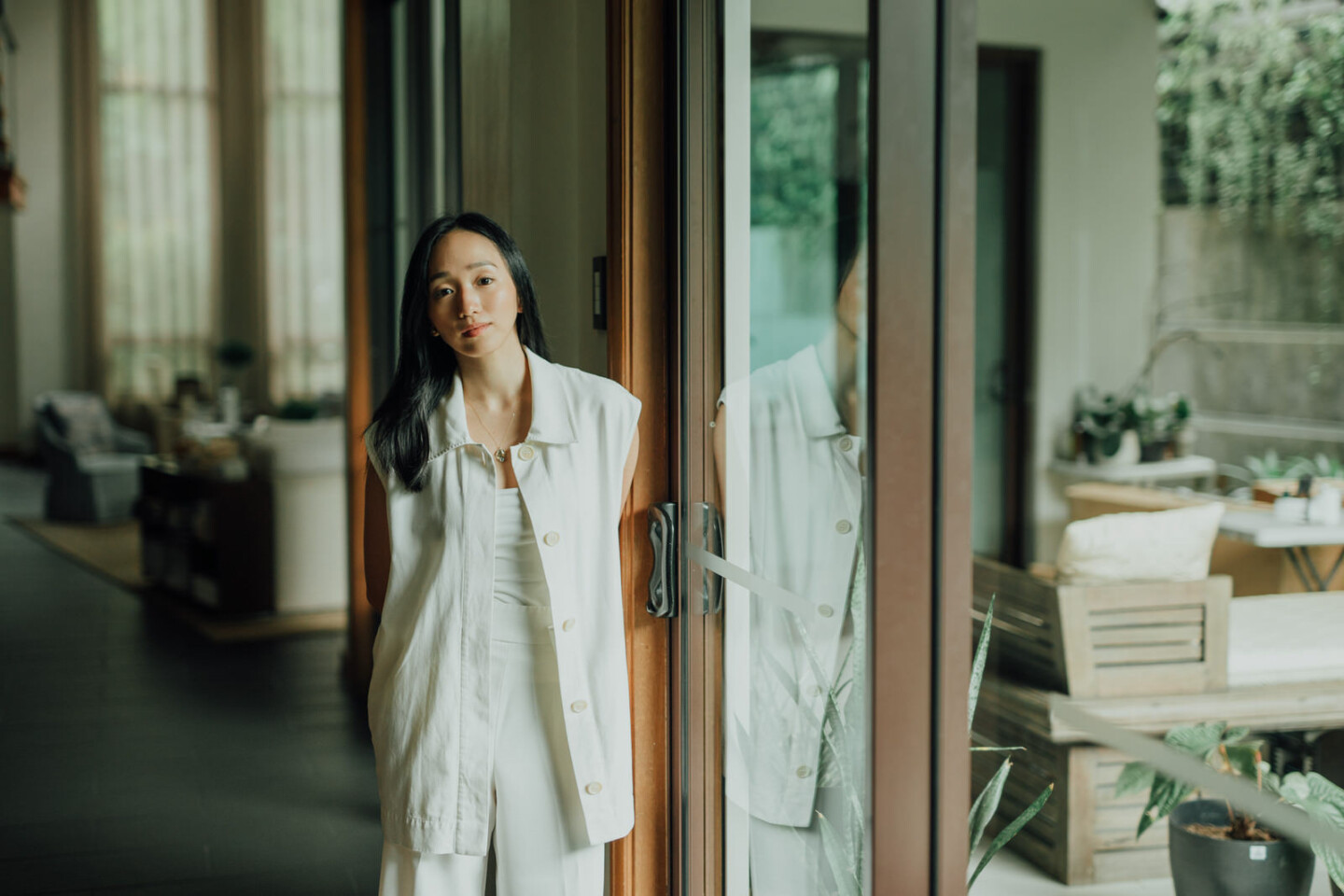
When it comes to accessorizing and semi-fine jewelry, PRANCA sets itself as the approachable jewelry brand that starts modestly and magnifies through time and concurrent use. Steph Ayson founded PRANCA under the principle of its namesake’s shorthand: “frank,” which proposes that you “come as you are.”
Under the tutelage and industry support of her mother, the founder and owner of JMA Jewelry, Steph set out for PRANCA to stand out from its mother venture and approach accessorized aesthetics for everyday. As the perfect day-by-day staple, each item is given the professional care and eye for sustainability it deserves.
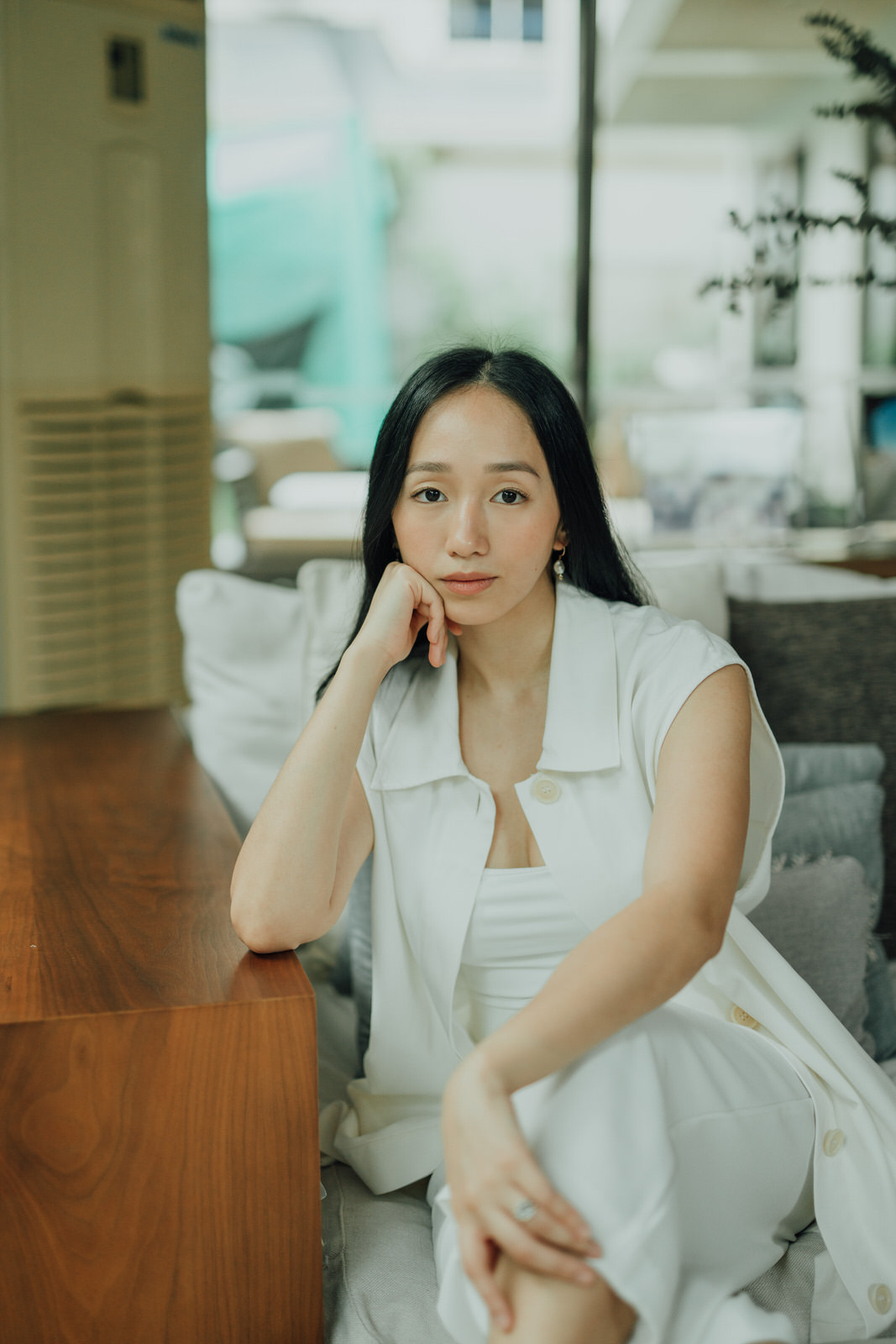
What does it mean to accessorize yourself effectively?
It’s understanding that everything you put on your body is an extension of your personality. For PRANCA, it means to choose and curate the best things that are the most you.
First and foremost, I’ve always wanted for PRANCA to be wearable. It’s not our intent to have pieces that are only meant to be displayed and not worn. We want our pieces to be built for either everyday or special occasions.
I think it’s very interesting to meet people with different profiles and interests in the things that they wear and the jewelry that they accessorize with. Coming from my mom’s background of really catering to her clients one-on-one, that’s something that we’ve started opening ourselves up to as well. There are people who really want to find their perfect piece.
How has the idea of easy-to-wear and easy-to-decide pieces influenced PRANCA pieces?
I always think of silhouettes like in the Baroque collection. Back then, baroque pearls were thought to be defective because its shape was not the iconic round pear shape that we’ve grown accustomed to.
There are also what I call the ‘New Classic’ pieces like Baroque pearl stud earrings and simple pendants that hang down your neck. These were styles that have been there for a long time, but were reintroduced to people as pieces that could now be worn on the daily. Things like this excite us.
In our most recent collection, our Silo necklace was meant to be more suited for nights out and special events, but then people got more accustomed to just wearing it even when staying home. With the situation nowadays, it started to become a way for people to find some escape and entertain themselves—all with a little change up of what they would normally wear.
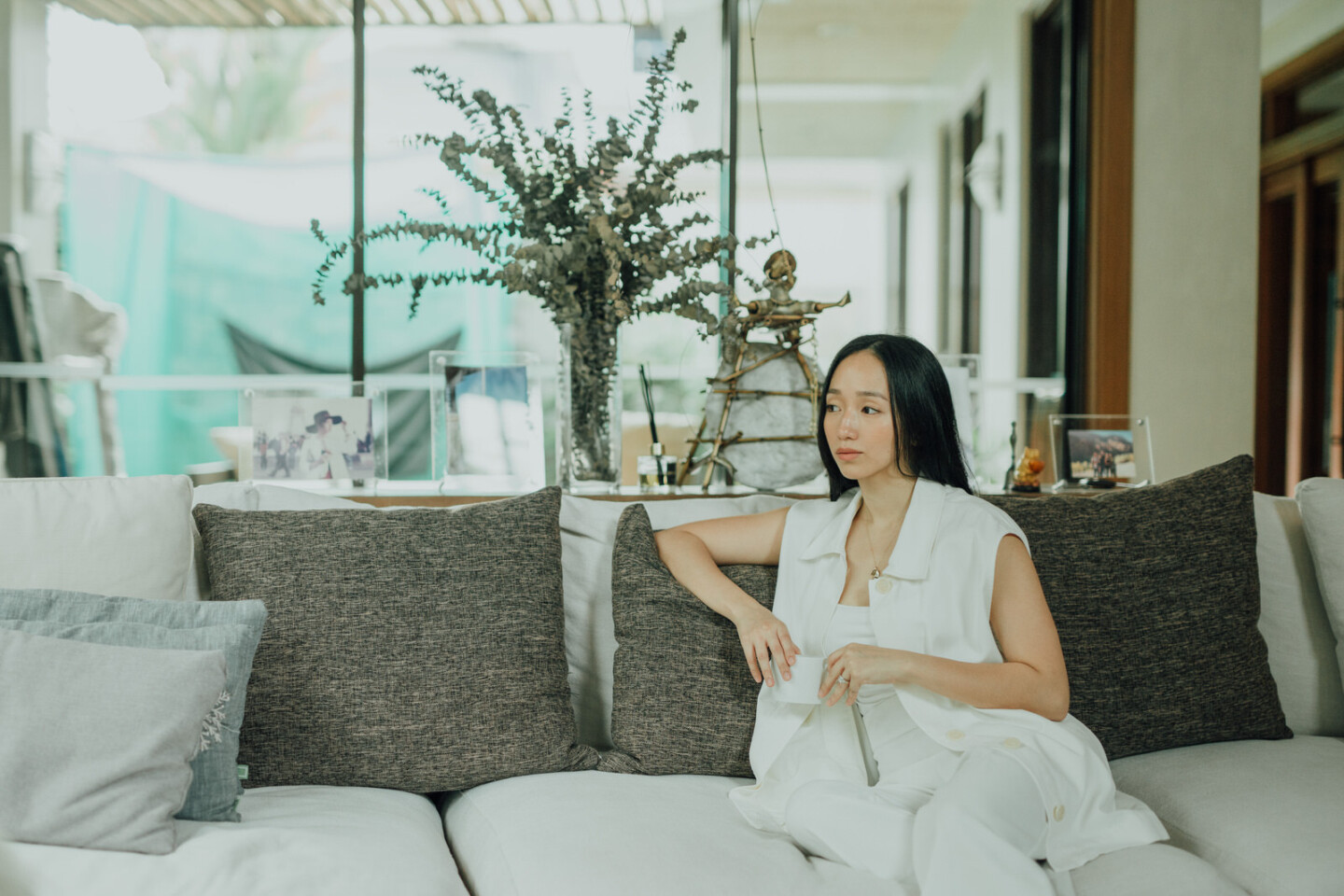
Your wares deal a lot in gold, precious stones, and minerals – majority of which is extracted from ore mines. How do you bridge ethical sustainability and the precious materials used?
For PRANCA [and JMA Jewelry], we have our suppliers to thank. For so many years, they would buy or collect old jewelry pieces, reprocess the materials, and purify them to reach the 24-karat state. It’s something we take a lot of pride in. When I was younger, I used to hear about “trade ins” where a client would bring forward an older piece of jewelry for the whole thing to get redesigned or reset. We would buy it from them at relatively low prices, send out the scrap to the refiner, then proceed to make it work.
Understandably, it really is an issue of mining complications with gold and diamonds and since we wanted a workaround against these complications, we sought out more circular ways of doing business. I’m really lucky to have the resources of JMA Jewelry so that the repurification supplier that requires sophisticated tools and machines can be handled easily, even though it’s through a really small team.
What trends do you see dominating the world of accessories and accessorizing, as of late?
A big percentage of the market in the future could be built around pre-existing pieces. Vintage. As an effect of the increasing difficulty of mining diamonds with fewer and fewer mines being discovered, we would eventually be buying diamonds from past clients, which is very interesting for us. Circular in a way.
Jewelry is timeless, gold is timeless, diamonds are timeless, these aren’t the kinds of materials that just age over time. That’s good for us to highlight, and we’re hoping to tap into that market of vintage and pre-owned jewelry and pieces.
Since the business is dependent on market demand, there are risks found in sourcing the materials through traditional methods. Therefore, we’ve come to establish an alternate source which is from older pieces, pearls, and other jewelry components to incorporate in other designs. That’s something that has helped guide our design principle.
What’s a common misconception you hear often when it comes to jewelry, accessories, and the like?
That it would have to be expensive. I guess the connotation of the word has imprinted in our minds that you just acquire it during the most special moments of your lives—often associated with a big purchase.
That’s not always the case. Sometimes you just need a small piece, a little reward, or something you need for everyday use. It doesn’t always have to be expensive. Though you must understand that if it is expensive, there’s a good reason why it is priced as such. When it comes to gold, if it is heavy, it’s always going to be expensive. It is priced for its weight and its craftsmanship. Same with diamonds.
It’s to important to put value on the craftsmanship and making sure that our workers are compensated fairly in terms of labor and ensuring that all the materials are of top-notch quality. While it doesn’t always have to be so expensive, the general rule is that you get what you pay for.
What do you think can we do about elevating accessibility and empowerment for men who want to accessorize aside from male-focused jewelry?
I really think that it’s about time that the be enough options for men. I come from a group of friends, of whom a lot of them are gay, and they buy a lot of pieces. They buy PRANCA pieces for themselves, and I think it’s so interesting how they make it their own. They wear ear cuffs because they don’t have piercings on their ears. The baroque pearls also sold well for men—even straight men.
It also comes with how we’re able to present the brand. Definitely in the future, I see more male-centric collections happening. I don’t know how soon yet, but for the meantime, it is best to just present things as unisex as a starting point. Though, even for JMA and in PRANCA, it was always a discussion to be had about when we would finally come up with a line that’s specifically for men. We’ve had several pieces from JMA that are made for men, not packaged in any collections. Hopefully, this is something that follows for PRANCA, as well.
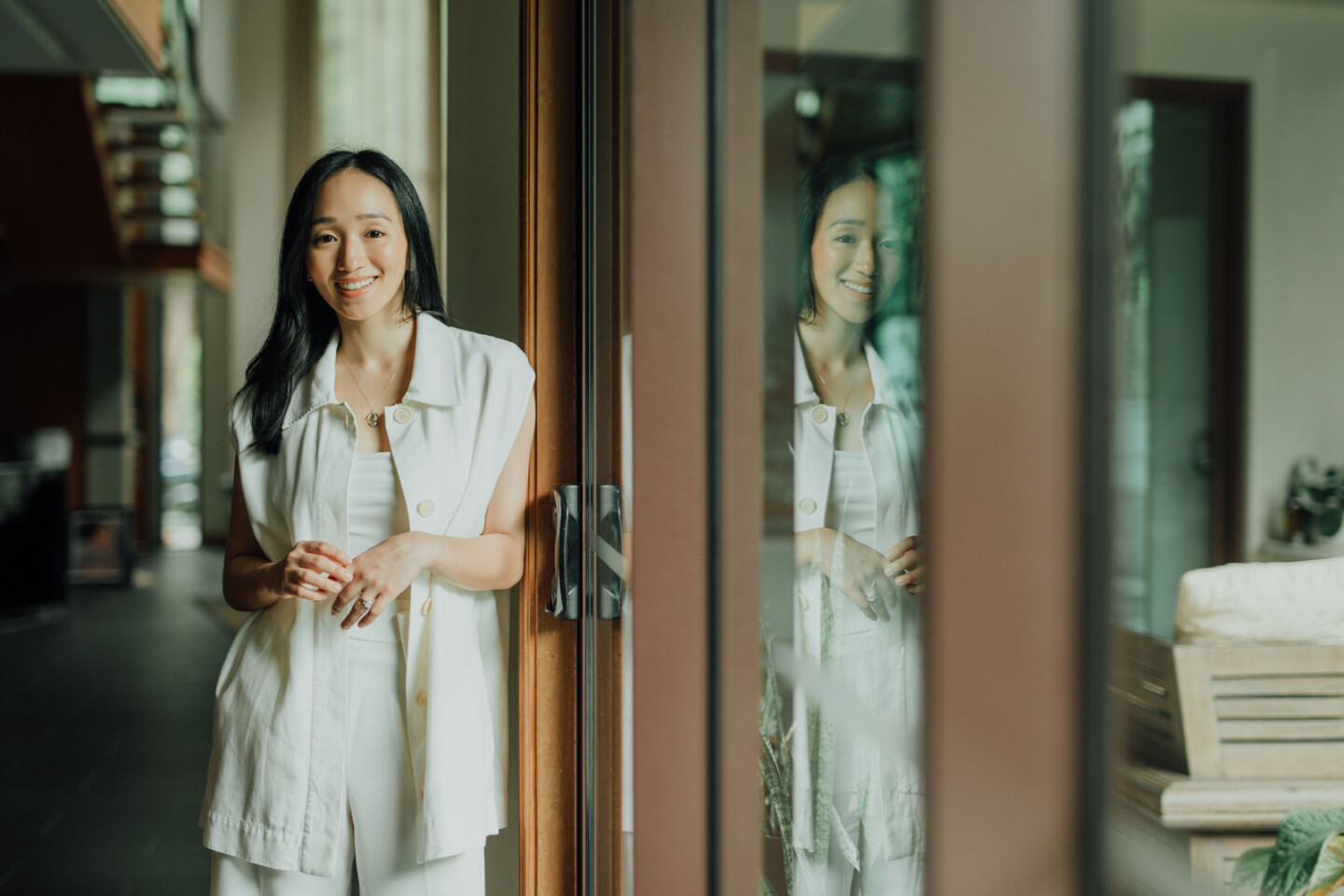
What would you tell someone who wanted to express themselves more than their outfit, but lacked the money to get premium accessories?
Consider, a car; everyone wants the best car, and a lot of people would even want a sports car. I and my non-jewelry-inclined friends have said this before, and the same thing goes, “The right price gets the right quality.”
It’s something you would have to build on as the years go by, something you have to move towards. It’s the same thing for jewelry. To be honest, I don’t have the best pieces yet. Whatever I wear, I borrow. It’s all about making the right moves and the right investments. Work things around for what you yearn for and plan accordingly.
Maybe they aim for the 1-karat round diamond earrings. Maybe they like pieces like the ‘illusion’, made to look like one whole stone, but are actually constructed as smaller stones that coalesce as one. You work your way there. If you’re okay with a similar look, then go for ‘illusion’. Luckily, for PRANCA, there’s an option to do either or both.
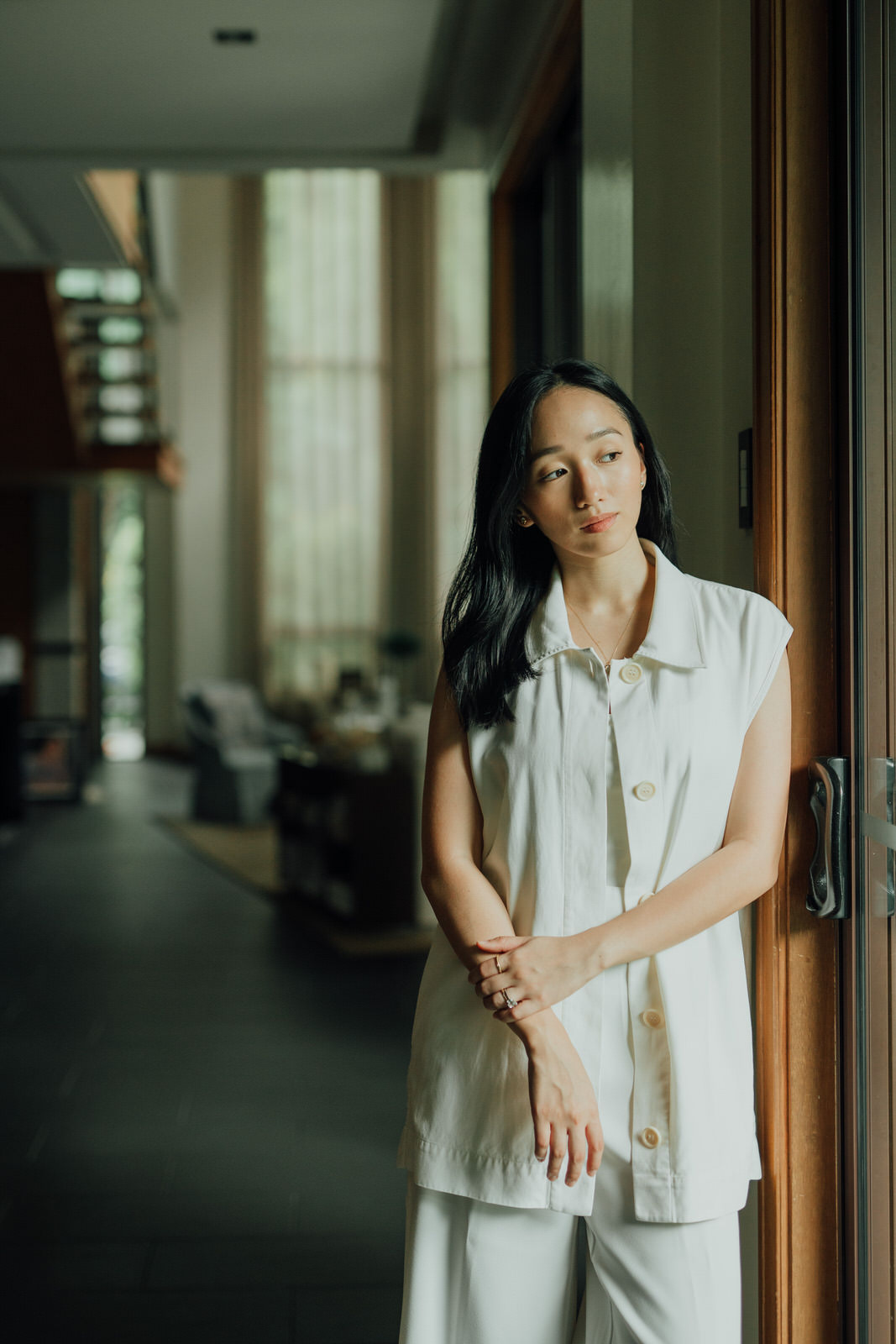
Lastly, what is the weirdest piece that you’ve worn, but for some reason, it always stuck with you?
It’s a weird pendant. It looks like a pearl got stuck inside of a pendant. It started out as a proposal for a collaboration before, but we ended up with another design. It was a prototype, and it ended with me, so I thought might as well own it. It took a year before it sunk in.
I grabbed it in one morning, put it on, then people started noticing. They asked me, ‘Is that PRANCA? More and more people started asking about it, and well, the rest was history. Even my photographer said that he would buy it.
Because of our process, we don’t overwork our goldsmiths and there is no bulk production. A handful of pieces are made, custom-fitted, and placed into a collection. For this, no two pieces are exactly alike.
Photographer — Zaldine Alvaro
SUPPORT PURVEYR
If you like this story and would love to read more like it, we hope you can support us for as low as ₱100. This will help us continue what we do and feature more Filipinos who create. You can subscribe to the fund or send us a tip.

